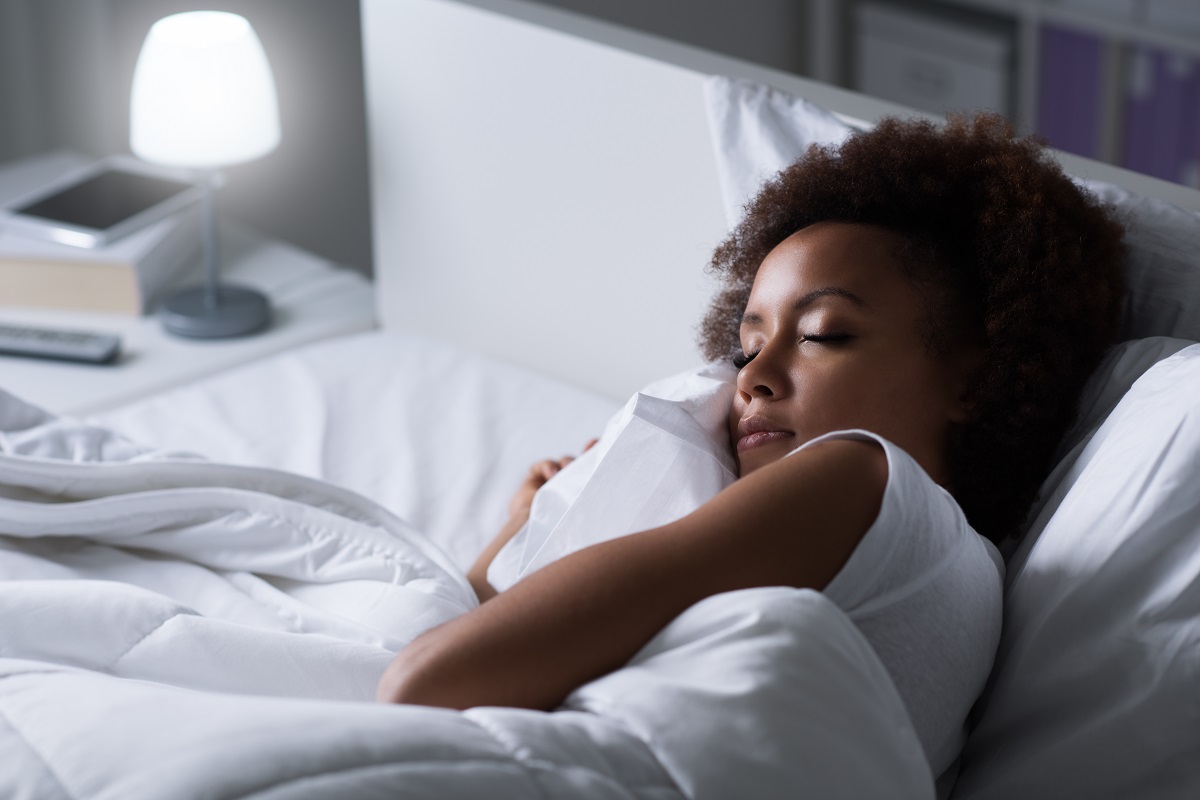Disclaimer: The Lifestyle Elf. This site provides fashion and lifestyle content for informational purposes only.
The average person spends one-third of their lives asleep. But many people also spend a significant amount of time having difficulty falling asleep due to their sleep environment. If you’ve been finding it hard to get some shut-eye, it may be because your surroundings aren’t conducive to rest. This handy guide will help you change that.
Temperature
A room that’s either too hot or too cold can leave you tossing and turning at night. The ideal room temperature to achieve a restful sleep is between 60 and 67 °F (or 15.6 and 19.4 °C).
- Regulate your thermostat using a timer or remote control so that you don’t have to reset your temperature at night continually.
- Have your HVAC system repaired or cleaned out by an HVAC technician to ensure that you’re getting the best air quality and address troubles you have with keeping it set at the optimal temperature.
- Opt for comfortable bed sheets made out of breathable fabric like linen and natural cotton.
Smell
Certain smells are capable of creating a calming atmosphere. Think of the way a spa or a beach resort smells — that’s the kind of environment you want to achieve in your room. You can play around with different scents to create a relaxing ambiance that lets your brain know that it’s time to start getting ready for bed.
- Examples of sleep-inducing aromatherapy oils include lavender, chamomile, jasmine, sandalwood, and bergamot.
- Light incense, wax melts, or candles while you’re getting ready to go to bed and snuff them out just as you’re about to lay down to sleep.
- Keep an essential oil diffuser or air purifier running to make the scent last throughout the night.
Comfort

It’s difficult to feel relaxed on a worn-out, bumpy mattress that can leave your body feeling sore and achy the next day. The most worthwhile investments you can make when it comes to your sleep environment is in a high-quality mattress that can hug and contour your body, and fluffy pillows that cushion your head and keep it aligned with your neck.
- There’s no one-size-fits-all mattress that can guarantee a good sleep. You’ll have to figure out what type works best for you and your preferences by trying out different kinds.
- As a rule of thumb, you should consider replacing a mattress that’s over eight years old or when it shows severe signs of wear.
Sound
Noise is one of the worst obstacles to a good night’s sleep. Construction work, noisy animals, and a leaky faucet can be incredibly annoying, disrupting even the deepest sleep. Identify these sources of noise in your sleep environment and try to block it out as much as possible.
- Invest in a white noise machine or put on a white noise app on your phone to obscure external noise and replace it with soothing sounds.
- Earplugs are also a cheap yet effective noise reduction method.
Light
Darkness lets your body’s internal clock know that it’s time for sleep. Even if you’re afraid of the dark, you should at least try to keep your room as dimly lit as possible to stimulate the body’s natural production of melatonin.
- Black-out shutters can help keep external light sources like street lamps or the moon from disrupting your sleep.
- There’s no shame in using a night light if you aren’t comfortable sleeping in total darkness. It all depends on what you feel most at ease with.
Optimizing all these factors in your sleep environment will ensure that you’ll always get a good night’s rest.

